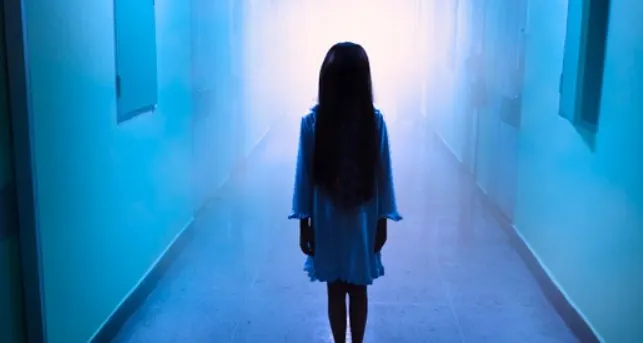Nightmares can be tamed with a single piano chord
Kyiv • UNN
Researchers have found that the C69 piano chord during sleep can significantly reduce the number of nightmares. The experiment showed a decrease in the frequency of bad dreams from 2.94 to 0.19 per week.

If you have nightmares while you sleep, there is something you can do about it. According to Swiss research, the solution lies in a single piano chord.
Writes UNN with reference to ScienceAlert.
Context
Using non-invasive methods of emotional manipulation, it is possible to limit the number of nightmares in a dream.
One non-invasive method is imagery rehearsal therapy, in which patients rewrite their most painful and frequent nightmares to give them a happy ending. Then they "rehearse" telling themselves this rewritten story - that is, they try to rewrite the nightmare.
Important detail: scientists have found that playing sounds that people associate with a particular stimulus during sleep helps to enhance the memory of that stimulus. This was called targeted memory reactivation (TMR). At the same time, it was necessary to find out whether this could increase the effectiveness of imagery rehearsal therapy (IRT).

The theory was investigated: the researchers offered 36 patients diagnosed with nightmare disorder to combine several treatments. As it turned out, the proposed therapy really helped reduce the frequency of their bad dreams.
How the study was conducted
The participants in the experiment filled out a dream and sleep diary for two weeks. All volunteers were given one IRT session. At this point, half of the group underwent a TMR session, creating a connection between the positive version of their nightmares and the sound.
The other half served as a control group, imagining a less frightening version of the nightmare without being exposed to positive sounds.
Both groups were given sleep headphones that played a sound (a C69 piano chord) during sleep, every 10 seconds during REM sleep, when nightmares occurred most frequently.
The groups were evaluated after two weeks of additional diary entries and then again after three months without any treatment.
Scientists discover new sign of early stage of Alzheimer's disease28.10.24, 17:27 • 16020 views
At the beginning of the study, the control group had an average of 2.58 nightmares per week, and the TMR group had an average of 2.94 nightmares per week. By the end of the study, the number of nightmares in the control group had dropped to 1.02 per week, and in the TMR group to only 0.19. Even more promising, the TMR group reported an increase in the number of happy dreams.
During the three months of follow-up, nightmares increased slightly in both groups, to 1.48 and 0.33 per week, respectively. However, this is still an impressive reduction in nightmare frequency, the researchers say, suggesting that using TMR to support IRT leads to more effective treatment.
We were pleasantly surprised by how well the participants adhered to and tolerated the study procedures, such as performing daily imagery rehearsal therapy sessions and wearing a sleeping headband overnight
Recall
Healthy sleep is an important component of overall well-being, but many people have difficulty falling asleep. To improve your sleep quality, try making 7 drinksthat have calming properties.